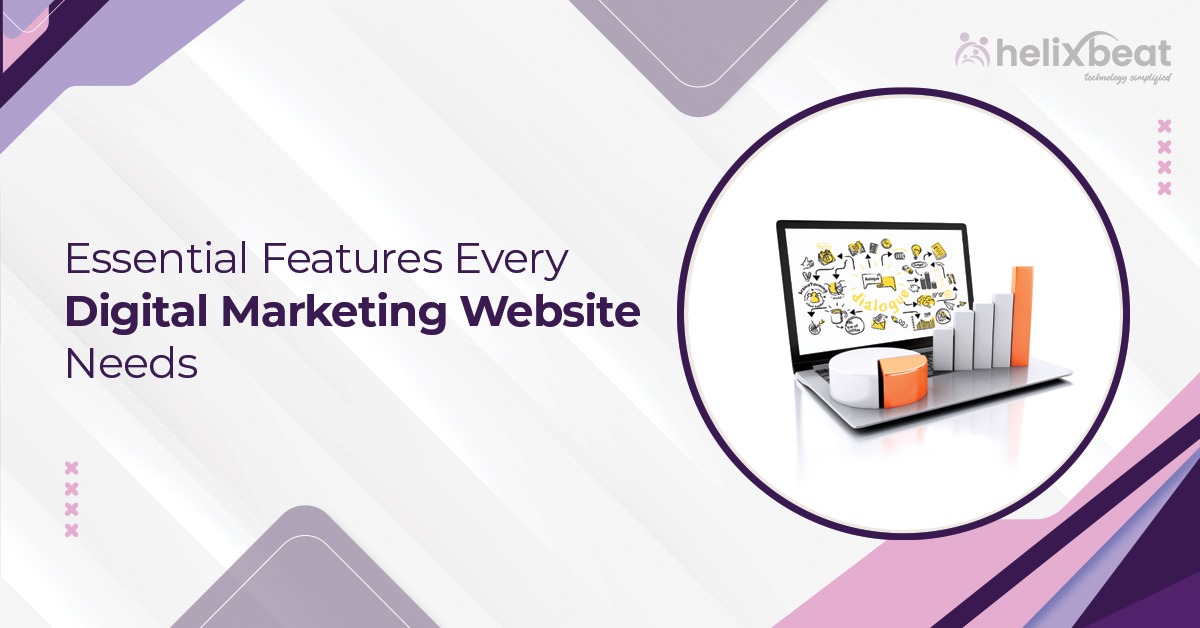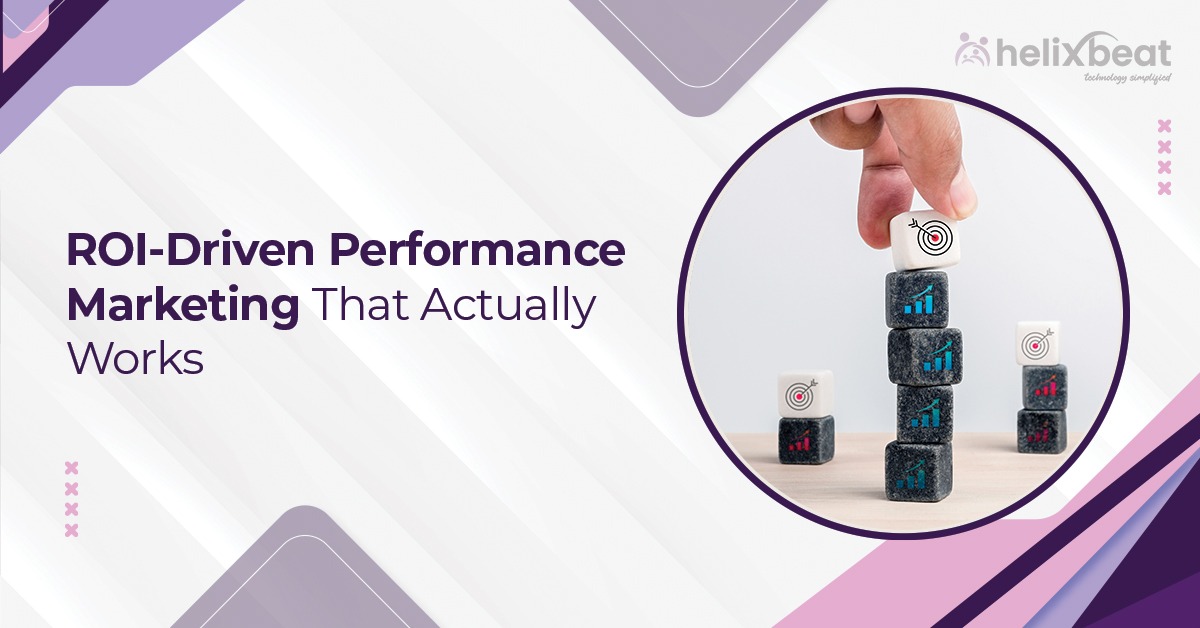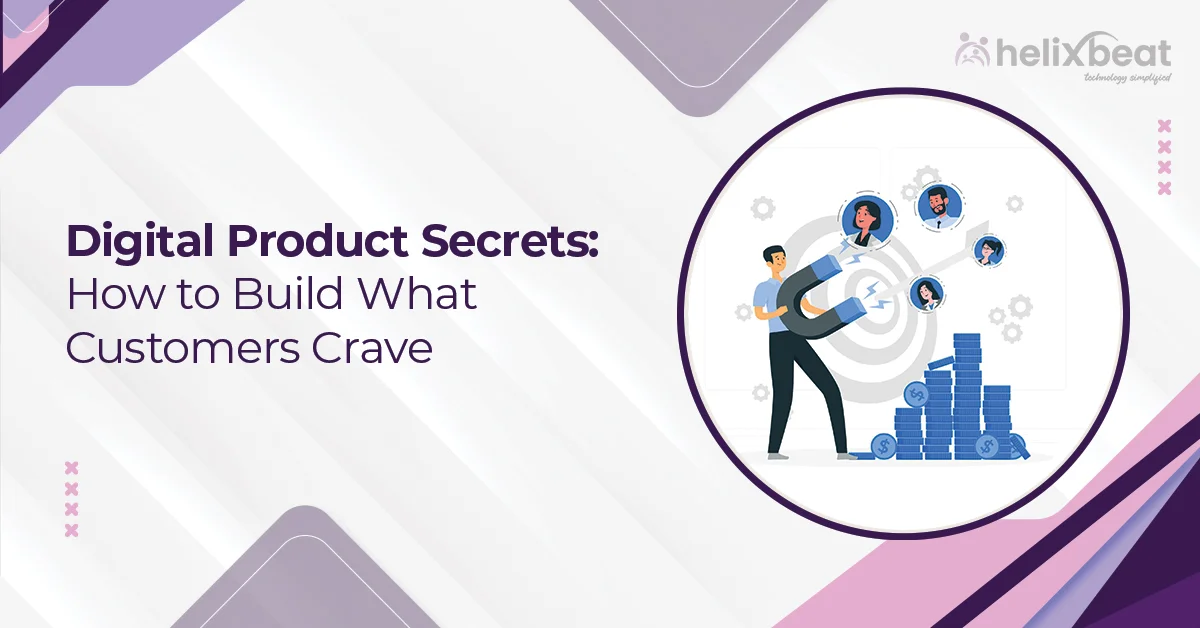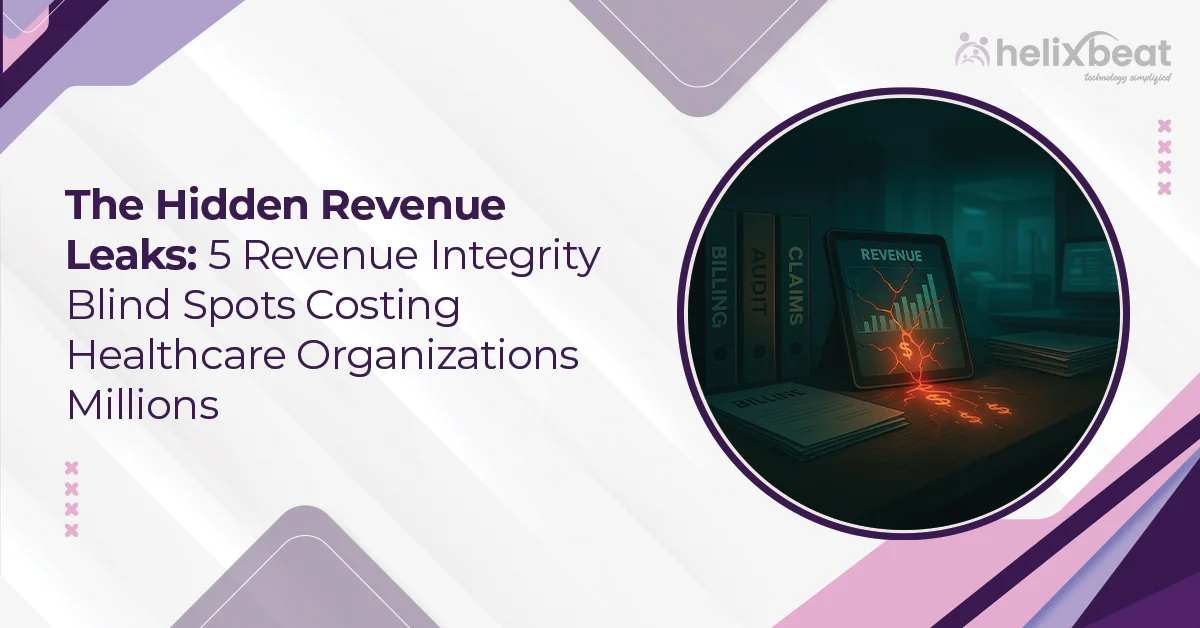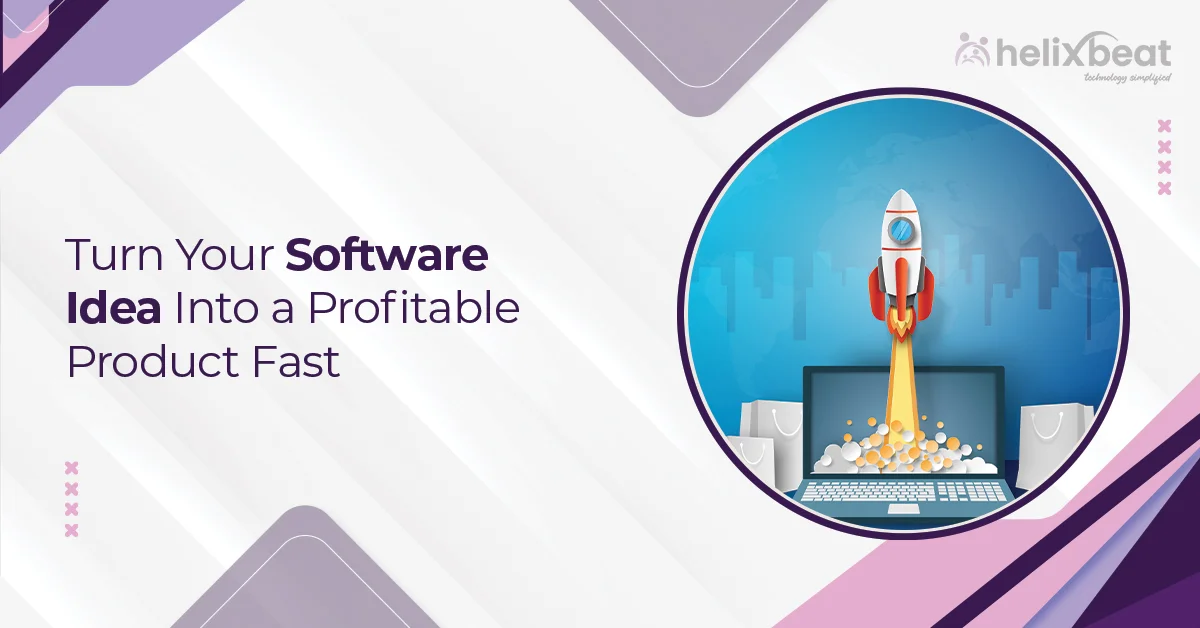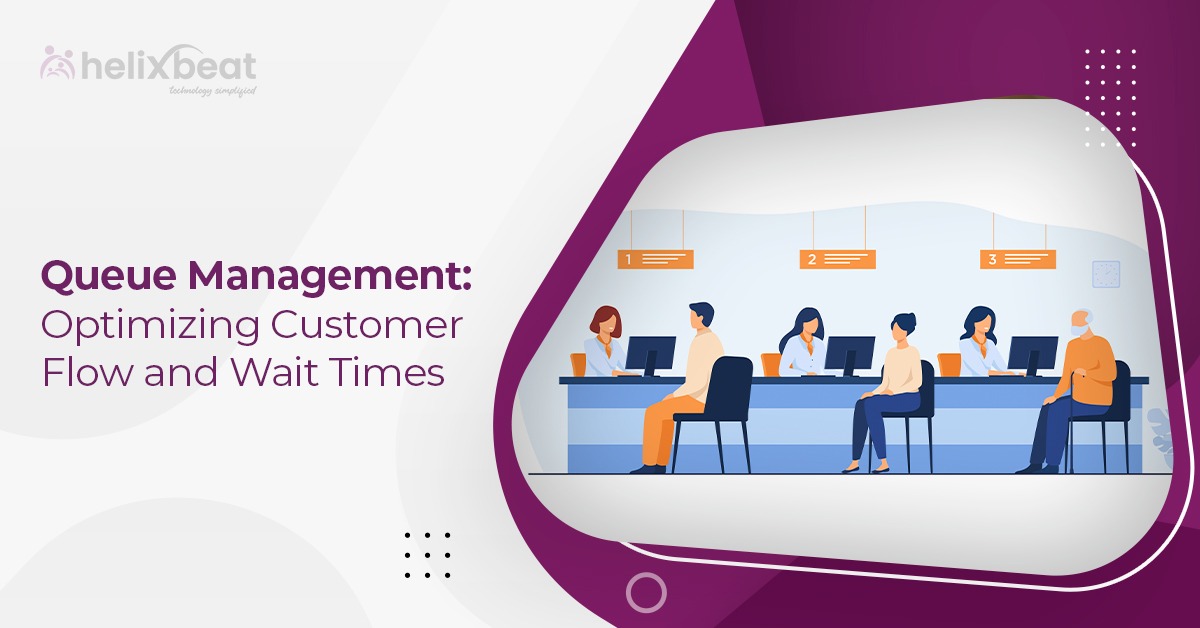What if your employees could access everything they need—pay slips, leave requests, training resources, and performance feedback—without waiting for HR approvals? Self-Service Portals are transforming workplaces by making information easily accessible and reducing unnecessary dependencies.
Employee engagement goes beyond offering perks or competitive salaries. It’s about empowering employees with autonomy and equipping them with the right tools to manage their own tasks efficiently. When employees have control over their work-related activities, they feel more valued and motivated, leading to increased productivity and overall job satisfaction.
Let’s explore how Self-Service Portals enhance employee engagement and streamline workplace operations.
Table of Contents
What Are Self-Service Portals?
Self-Service Portals are digital platforms that allow employees to independently access and manage workplace-related tasks, such as payroll, leave requests, training materials, benefits, and internal communications. These portals seamlessly integrate with Human Resource Management Systems (HRMS), like Synergy by HelixBeat, providing a single touchpoint for all HR and administrative needs.
Benefits of Self-Service Portals for Employee Engagement
Self-Service Portals play a key role in enhancing workplace efficiency by giving employees direct access to essential HR functions, reducing dependency on manual processes. Here are the key advantages of Self-Service portals that you should know:
1. Empowering Employees with Independence
When employees can manage their HR-related tasks independently, they feel more in control. They can update personal details, check leave balances, and access important documents without constantly reaching out to HR. Synergy’s Leave Management feature enables employees to request time off with a single click and receive instant approvals, simplifying the process.
Example: An employee planning a vacation no longer needs to wait for HR to confirm leave balances. Instead, they can log into the Self-Service Portal, check available days off, submit a request, and receive approval—all within minutes.
2. Improved Communication and Transparency
Employees feel more engaged when they have direct access to company policies, announcements, and HR guidelines. Self-Service Portals provide a centralized communication hub where employees can stay informed and connected.
How Synergy Helps:
- Peer Connect fosters networking and collaboration among employees.
- Customizable Holiday Lists keep employees aware of official office closures.
3. Reducing HR Workload and Increasing Efficiency
HR teams often spend a significant portion of their time on administrative tasks that can be automated. Self-Service Portals minimize this burden by managing:
- Payroll queries
- Expense claims
- Attendance tracking
- Performance reviews
With Synergy’s Payroll Management feature, employees can download pay slips, review tax deductions, and submit payroll queries—all without HR intervention.
4. Faster Decision-Making and Workflow Approvals
Traditional approval workflows, such as leave requests and expense reimbursements, often take unnecessary time. Self-Service Portals automate these processes, ensuring real-time approvals and smoother workflows.
Example: A sales executive needs urgent approval for a business trip. Instead of navigating through emails and manual requests, they upload their itinerary in Synergy’s Trip Management module, and the manager approves it instantly.
5. Seamless Remote Work Experience
With hybrid and remote work models becoming more common, employees need uninterrupted access to HR functions from any location. Self-Service Portals allow employees working from home or on the field to:
- Mark attendance using Geofencing.
- Submit and track business expenses.
- Connect with teams via internal directories.
6. Personalized Employee Experience
A generic HR system no longer meets the expectations of today’s workforce. Employees prefer personalized dashboards that cater to their specific roles and needs. Self-Service Portals offer:
- Custom dashboards displaying relevant HR metrics.
- Role-based access to sensitive data.
- AI-driven recommendations for training and career growth.
How Synergy Enhances This:
- Personalized dashboards displaying attendance records, leave balances, and performance insights.
- Tailored notifications for upcoming deadlines, holidays, or meetings.
7. Increased Employee Satisfaction and Retention
Companies that implement Self-Service Portals experience higher engagement levels and reduced frustration among employees. Providing a tech-driven HR experience leads to:
- Improved workplace satisfaction.
- Lower employee turnover rates.
- A more productive and motivated workforce.
By integrating a Self-Service Portal, businesses can create a seamless, efficient, and engaging work environment that empowers employees and streamlines HR processes.
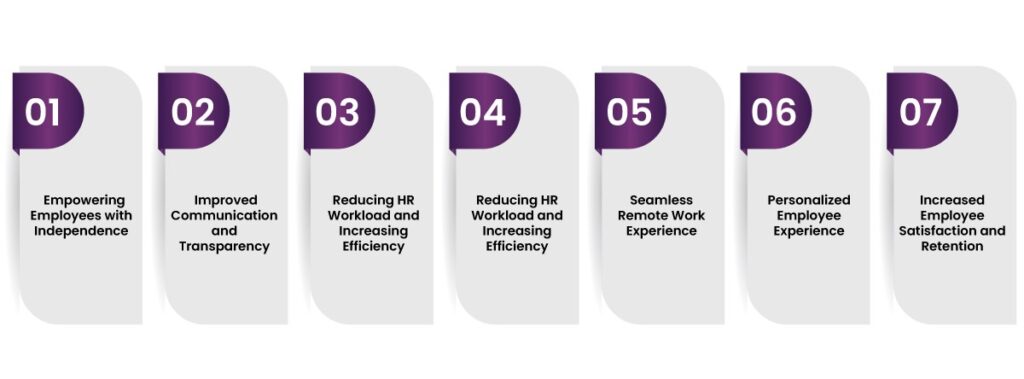
How to Implement a Self-Service Portal Effectively?
Setting up Self-Service Portals requires a structured approach to maximize efficiency and user adoption. Here are key steps to ensure successful implementation.
1. Choose the Right Platform
Selecting a platform that integrates with existing HRMS, payroll, and attendance systems is crucial. A well-designed Self-Service Portal should provide seamless data synchronization and centralized access to all HR functionalities. Solutions like Synergy by HelixBeat offer comprehensive HR and payroll management, ensuring a smooth transition.
2. Ensure a User-Friendly Interface
Employees will only engage with Self-Service Portals if they are intuitive and easy to use. A well-designed portal should:
- Have a simple and responsive UI.
- Support desktop and mobile devices.
- Offer multilingual support for diverse workforces.
3. Educate Employees and Provide Training
For successful adoption, employees must understand how to use the system efficiently. Providing in-app assistance, user-friendly guides, and video tutorials will help employees adapt quickly.
4. Keep Data Secure
Security should be a top priority. Implementing encryption, multi-factor authentication, and strict access controls ensures that employee information remains protected.
5. Provide Ongoing Support and Feedback Channels
A Self-Service Portal must evolve with employee needs. Encouraging feedback, addressing usability concerns, and regularly updating features will enhance user experience and engagement.
By implementing these best practices, businesses can create Self-Service Portals that boost efficiency, empower employees, and streamline HR processes effectively.
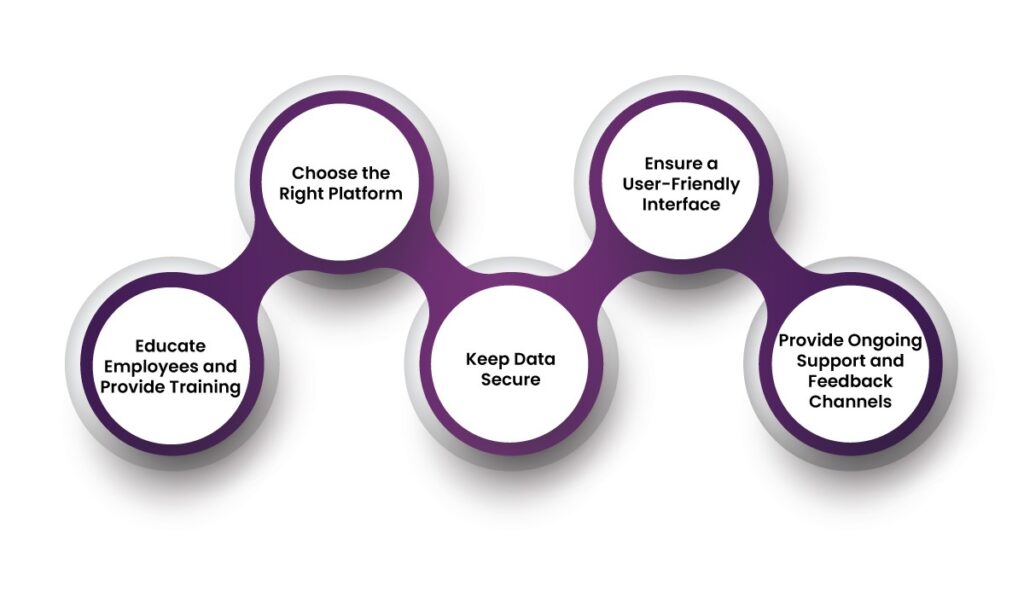
Final words
Self-Service Portals are no longer a luxury—they have become a necessity for modern businesses looking to enhance employee engagement. By empowering employees, reducing HR workload, and providing real-time access to essential information, these portals foster a more transparent, productive, and satisfying workplace.
With Synergy by HelixBeat, businesses can leverage a comprehensive Self-Service Portal that streamlines HR operations, improves collaboration, and promotes a culture of independence and engagement.
Ready to elevate employee engagement? Try Synergy today!
FAQs
1. What is a Self-Service Portal for employees?
A Self-Service Portal is a digital tool that allows employees to access and manage HR-related tasks like payroll, leave requests, and benefits without HR intervention.
2. How do Self-Service Portals improve employee engagement?
They provide independence, instant access to essential services, and streamlined communication, making employees feel more valued and empowered.
3. What features should a good Self-Service Portal have?
Key features include payroll access, leave tracking, expense management, communication tools, and performance analytics.
4. Are Self-Service Portals secure?
Yes, if they implement multi-factor authentication, data encryption, and access controls to protect sensitive employee information.
5. Can Self-Service Portals work for remote teams?
Absolutely. They allow remote employees to manage their HR tasks from anywhere, ensuring smooth operations.
6. What are the cost benefits of implementing a Self-Service Portal?
Companies save time and money by automating HR processes, reducing manual work, and improving efficiency.
7. Can employees track their performance using a Self-Service Portal?
Yes, many portals provide performance dashboards, feedback tracking, and goal-setting features.
8. How do Self-Service Portals enhance communication?
They provide internal directories, announcement boards, and chat features to keep employees informed and connected.





